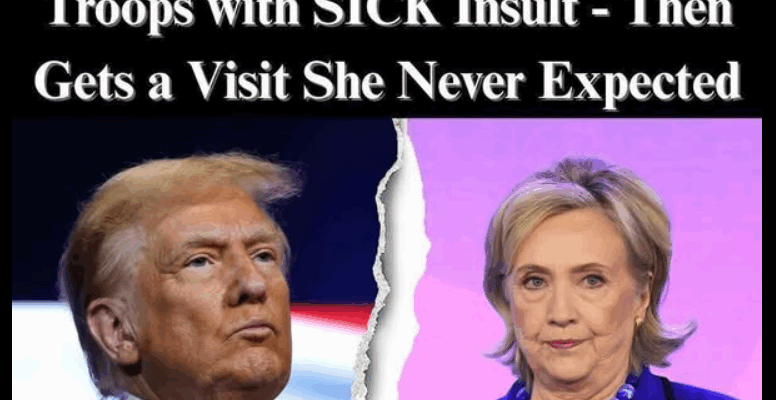On June 14, 2025, a U.S. Army parade meant to honor the military’s 250th anniversary instead ignited a national controversy, coinciding with President Trump’s birthday and Flag Day.
Featuring tanks, jets, and 6,000 troops, the event was seen by critics as a politicized display of authoritarianism. Sparse attendance and a \$45 million cost sparked debate over its purpose and propriety.
Simultaneously, millions protested nationwide under the “No Kings” banner, framing the parade as a symbol of Trump’s overreach. Hillary Clinton amplified this contrast via a viral post comparing protest crowds to the empty parade route, labeling Trump’s event a “low-energy Dear Leader parade.”
Conservatives attacked Clinton for disrespecting the military and highlighted her attendance at a lavish Hamptons wedding for Huma Abedin and Alex Soros as proof of elite hypocrisy. Critics argued that Clinton’s populist message clashed with her privileged reality. Her decision to disable comments on the post further fueled backlash, suggesting she avoided dissent.
The parade placed the military in an awkward position, with some veterans refusing participation over concerns it blurred lines between patriotic celebration and political propaganda. The last similar parade occurred in 1991, celebrating Gulf War victory—unlike Trump’s event, which lacked such context. Military officials privately expressed discomfort with the optics. The media framed the event along partisan lines, reinforcing polarized narratives. International observers likened the display to authoritarian regimes, questioning America’s democratic image. Ultimately, the controversy reflected deeper divisions in U.S. politics—over patriotism, military symbolism, elite privilege, and narrative control in the digital age. What began as a celebration of military service became a flashpoint exposing the fractured state of American democracy.
